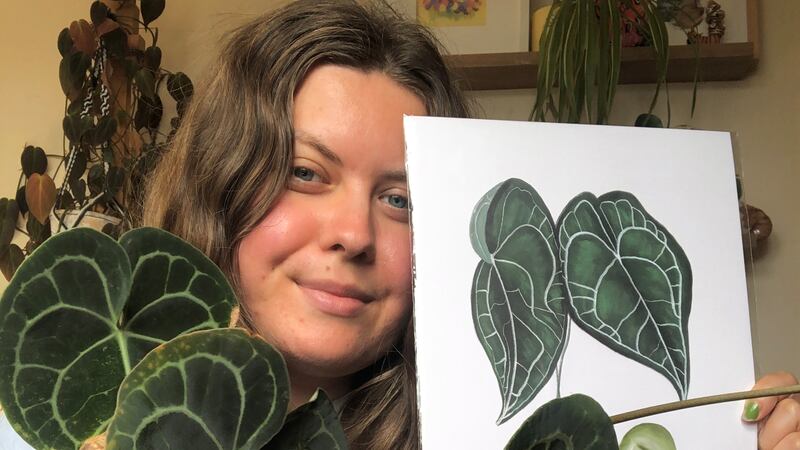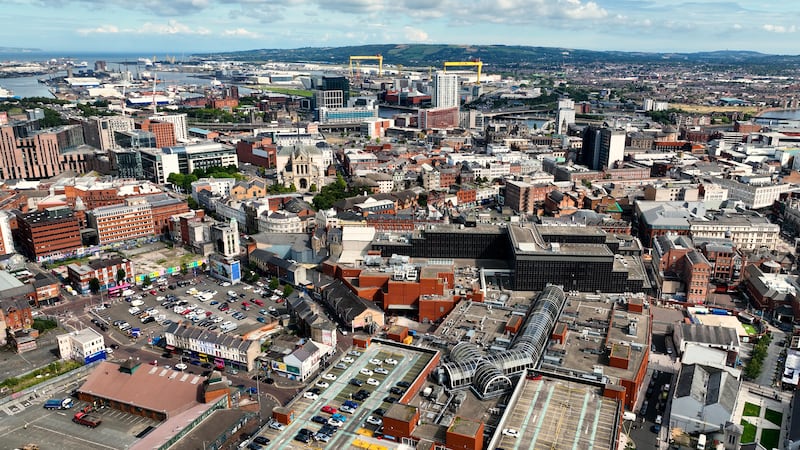WE'VE build your hotels - now help us fill them . . .
That will be the call to government and tourism authorities from the Northern Ireland Hotels Federation at a major summit in Belfast today.
The Federation insists there needs to be "a step change in activity" if the three and a half MILLION bed nights available in 2019 are to be filled.
After a half billion pound spending boom in the north's hotels stock in the last year, boosting room numbers from less than 8,000 to around 9,200, occupancy has suddenly become an issue.
And ahead of today's Hospitality Exchange conference, NIHF chief Janice Gault said: “Attracting more visitors is now paramount, and we can't do it on our own.
“We need help from the relevant authorities to increase the size of the tourism cake to ensure that each hotel gets a good slice of business.
“Having spent in the region of £500 million, the hotel sector wants to see a return on this investment and a realisation of the industry’s potential.”
She added: “Demand for our hotels has been growing, but this needs to be accelerated with a number of interventions including increased promotion, a bigger marketing budget and a proposition of scale for Northern Ireland along the lines of the Wild Atlantic Way.
“Measures like this will allow the market to adapt to and absorb new supply. There has been a seismic change in the market and a response of equal measure is required to create new business."
There are now 141 hotels in Northern Ireland with a complement of 9,177 bedrooms, with a further 500 in the pipeline. Belfast in particular has experienced a significant 31 per cent increase in rooms.
And while this will slow next year, the market is far from dormant, with expansion in the Derry and Newry & Mourne regions, and several developments for the North Coast being dependent on protracted planning processes.
Ms Gault added: “We've been working with benchmarking company STR to produce a forecast for the market. It works with Tourism Economics, part of Oxford Economics, to forecast for 78 cities worldwide, and Belfast is joining this grouping, giving the market an opportunity to look at future trading, assess performance and revise their sales strategy accordingly.
“The challenges, aside from growing the market, are still centred on issues around skills and staffing, as well as Brexit, which has resulted in considerable uncertainty in the market.
“Added to this are the issues around tax, in particular VAT, access constraints and capacity at key attractions. You can see why the market is experiencing a shudder as we come to the end of an era of exceptional trading.”
She added: “The opportunities of a well invested larger hotel sector are many, from improving the attractiveness of a destination, to enhancing the ability to attract bigger events and larger conferences. The local hotel sector has strong prospects. There is a good mix of international brands plus a number of unique Northern Ireland products. There’s a room to suit any budget and the customer now has more choice than ever before."
MARKET SNAPSHOTS
Northern Ireland:
• Demand high in 2018 but reducing significantly in 2019 and 2020.
• Demand won't meet supply curve for an extended period estimated to be 2022.
• Visitor numbers as you would expect are also set to grow over the period.
• Hotel occupancy and average daily rate falling in 2018 and 2019; RevPAR down in 2018 and dropping significantly in 2019.
Belfast:
• Supply dropping significantly in the coming year after a period of rapid growth but more product in the pipeline after 2020
• Demand high at start of 2018 but reducing significantly into 2019 and will struggle to meet market influx.
• Occupancy falling in 2019 and slowly returning to growth in 2020.
• Average daily rate knocked in 2019 but steadies in 2020 with RevPAR following a similar trend.
Derry:
• Supply due to come on stream in 2019 and 2020. City could grow by 25 per cent in terms of rooms in the coming year and more product in the pipeline after 2020.
• Demand building in 2018 albeit slowly until 2020.
• Occupancy reducing as new supply enters the market but showing an upward trend in 2020.
• Average daily rate to show little movement until 2021. RevPAR reducing until 2020 but returning to a positive afterwards








